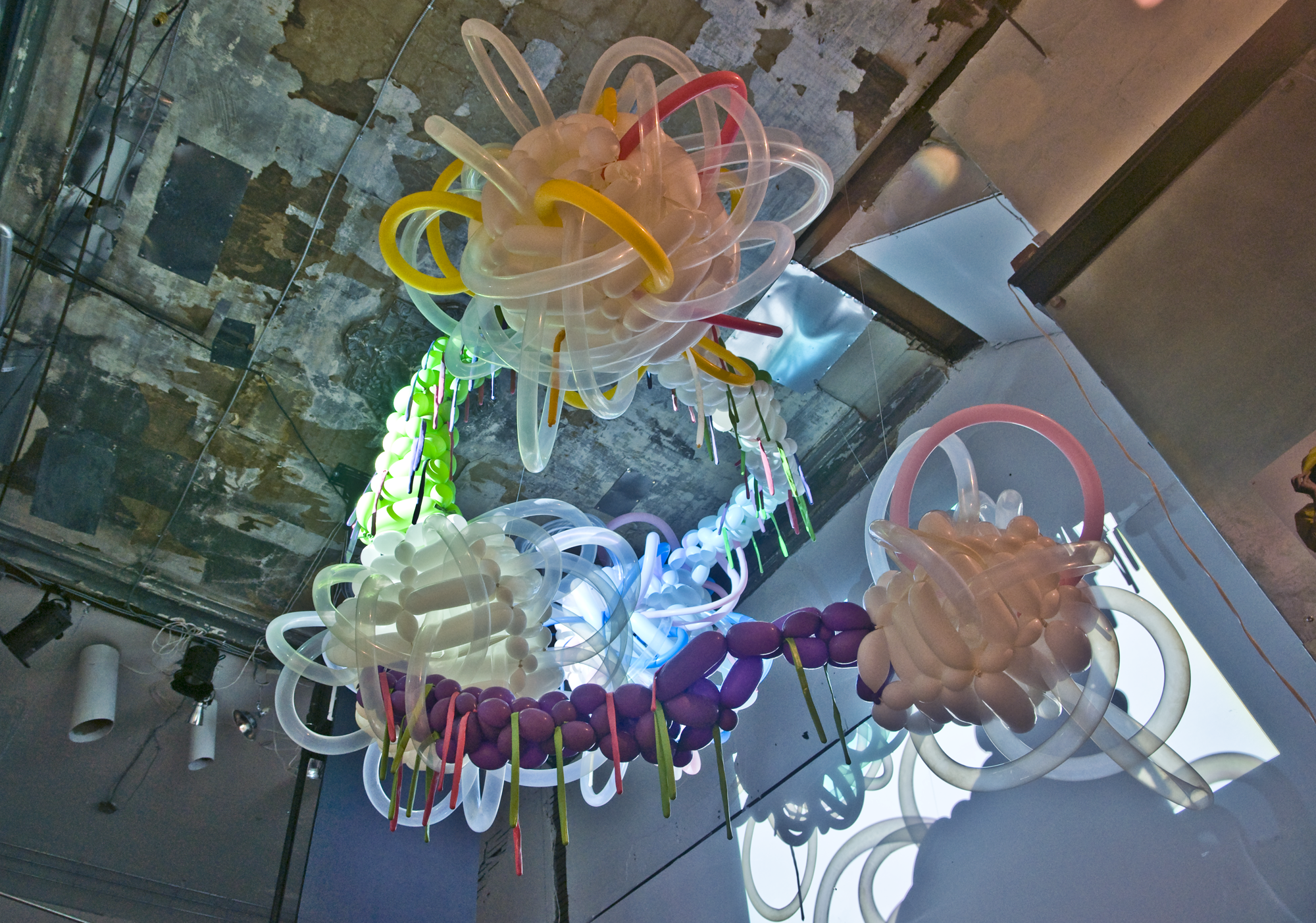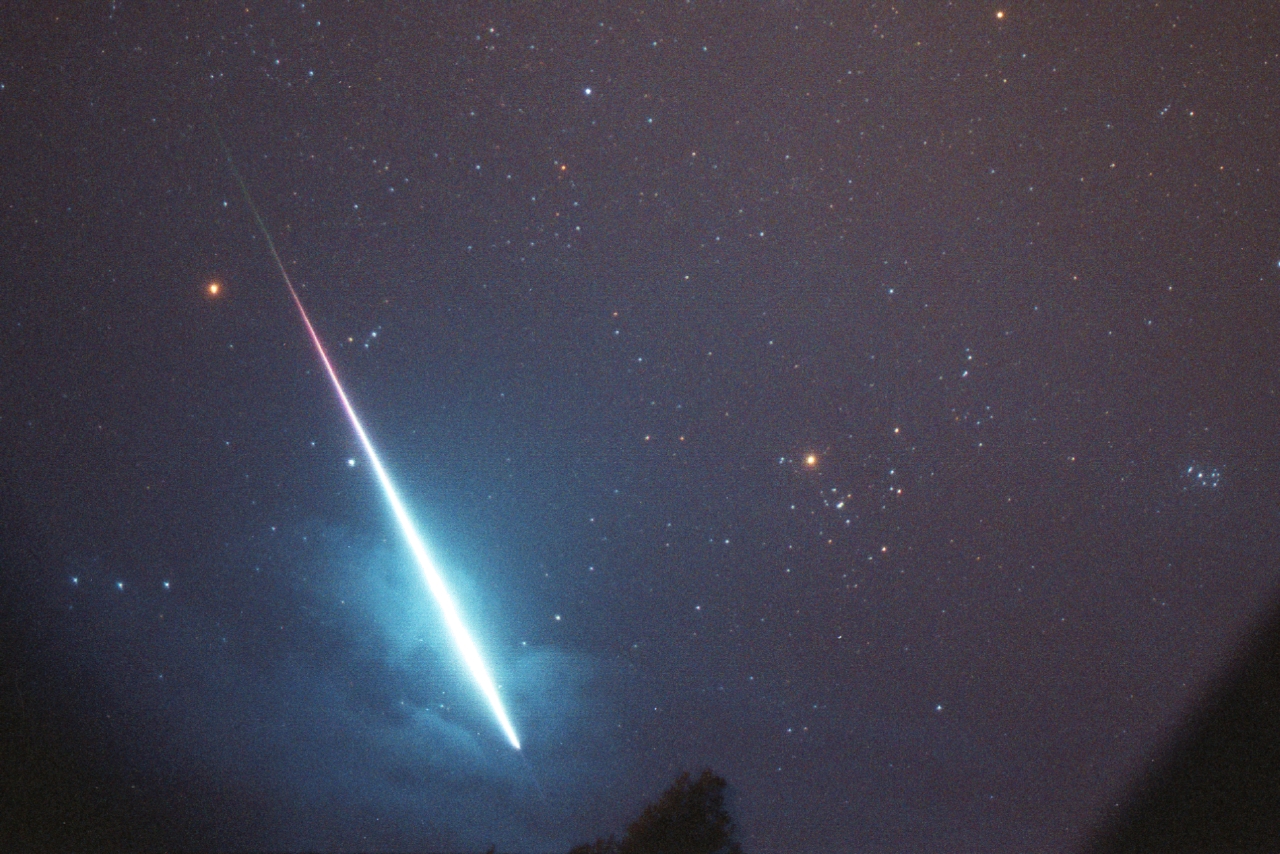 |
| Google Co-founder Sergey Brin previewing the Google Glass at the Google I/O |
Project Glass is one of the ongoing projects in the Google X Lab, a Skunkworks like laboratory where sci-fi-esque technologies are being developed and tested including a self-driven car and even a space elevator. The product of this project is Google Glass, officially and spectacularly unveiled yesterday in Google's annual developer conference, Google I/O, in San Francisco. The Glass demo-ers wore the glasses while going sky diving, with one of the diver's glasses sending a live feed from the camera to the big screen at the conference. After landing, the divers then mounted mountain bikes and biked into the conference room.
Google Glass is an augmented reality head-mounted display (HMD). The device includes a small display screen above the right eye, memory, wireless networking chip, camera (button on side to control it), compass, gyroscope, and speaker/microphone. Glass will run Android and users will be able to excess the Internet, send emails, interact with social networking websites, send and receive texts, etc. It is essentially a smartphone, albeit a hands-free and much less obtrusive one. The prototypes Google previewed yesterday weighed less than some sunglasses.
 |
| Sky diving at the Google Glass demo |
Right now, Google is planning to make the glasses available to US software developers early next year at a price of $ 1500 and normal customers less than a year later for prices close to smart phones.
Public reception of the Google Glass is varied. Although there are many positive reviews, some criticise the glasses for lacking practicality, being too fragile, or the possibility of Google inserting ads directly on the user interface. Nevertheless, it is very possible that the Google Glass will be the next big thing (after smart phones) in mobile communication, integrating technology closer and closer into our lives.













